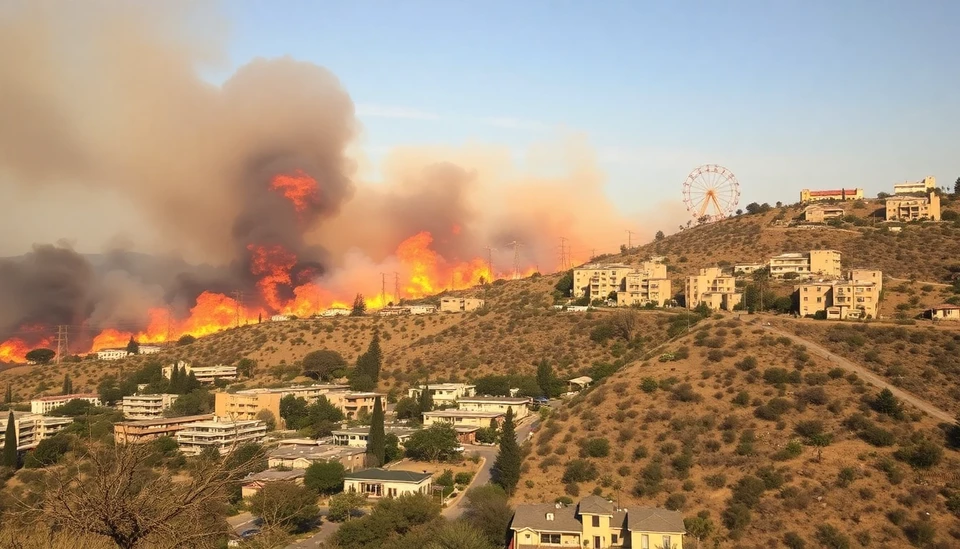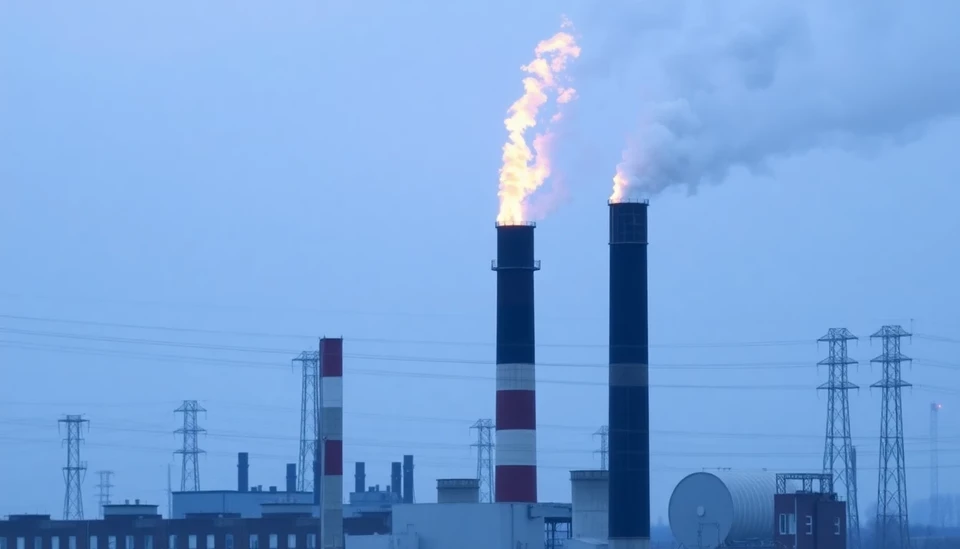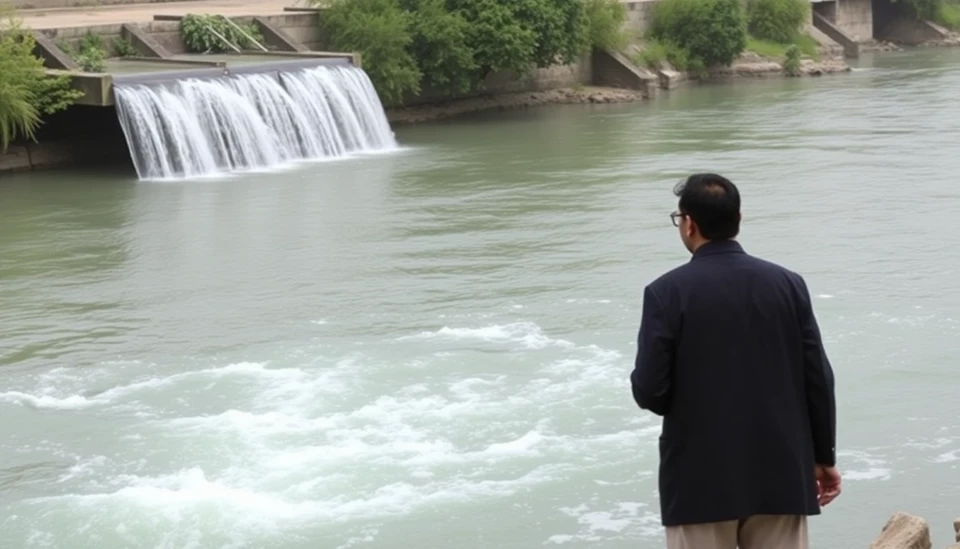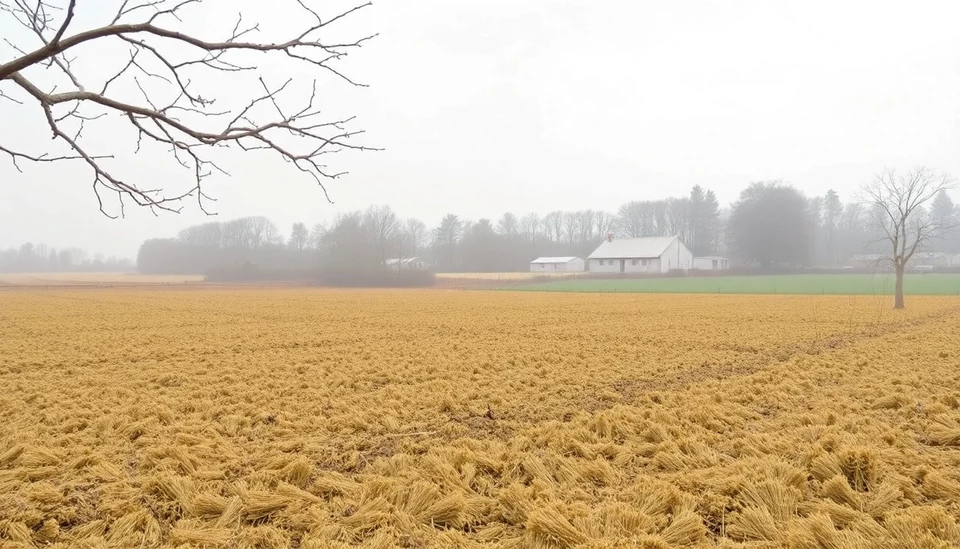
Recent wildfires that have ravaged the Los Angeles area have put the spotlight on a complex question: did climate change play a role in the generation of the Santa Ana winds that fueled these catastrophic fires? Experts continue to analyze the relationship between the changing climate and extreme weather patterns as they investigate the underlying factors contributing to this year's fire season.
Santa Ana winds, known for their hot, dry, and gusty nature, are a well-known phenomenon in Southern California. However, their intensity and frequency have seemingly escalated in recent years, drawing attention to the broader implications of climate change on such events. Meteorologists point out that these winds are primarily driven by pressure systems over the Great Basin, but the conditions that bring stronger and more prolonged winds could be exacerbated by the ongoing climate crisis.
In the wake of the wildfires, researchers have noted that while the winds themselves are a natural occurrence, climate change is leading to higher temperatures and prolonged drought conditions. These factors create an environment ripe for wildfires, with vegetation becoming increasingly dry and susceptible to ignition. Data reflects a concerning trend: with rising average temperatures, the window for fire ignition widens, leading to a more extensive wildfire season in California.
The last few years have seen a substantial uptick in severe wildfire incidents, aligning with climate models that predict more extreme weather patterns due to global warming. Investigative teams are now conducting studies to establish a clear connection between recent increases in Santa Ana wind activity and the overarching narrative of climate change. Scientists are focused on whether climate change is merely an amplifier of existing weather patterns or if it plays an active role in the development of events like the Santa Ana winds.
Local officials have recognized the importance of understanding these phenomena to bolster emergency response systems. Preparations for fire seasons have become increasingly urgent, and communities are being urged to remain vigilant. Furthermore, the demand for fire prevention and vegetation management has risen significantly, prompting discussions about policy changes and resource allocation to better handle future fire risks.
The ongoing discourse around the connection between climate change and extreme weather events like the Santa Ana winds emphasizes the need for effective communication and action. Public awareness regarding these risks remains paramount, as individuals and communities must adapt to the changing climate landscape. Stakeholders, from governmental agencies to nonprofit organizations and local authorities, are being mobilized to address the challenges posed by wildfires in the context of a warming planet.
In summary, as meteorologists work to unravel the intricate dance between climate change and the recent wildfires exacerbated by Santa Ana winds, the pressing urgency remains clear. A robust response to these climatic shifts will be essential as Los Angeles and other vulnerable areas grapple with the future threats posed by wildfires.
As we continue to navigate these challenges, the conversation surrounding climate change becomes more critical than ever, highlighting the necessity for not just understanding, but actionable solutions to mitigate the impacts on our environment and communities.
#ClimateChange #SantaAnaWinds #Wildfires #LosAngeles #EnvironmentalImpact #FireSeason #GlobalWarming
Author: Peter Collins




